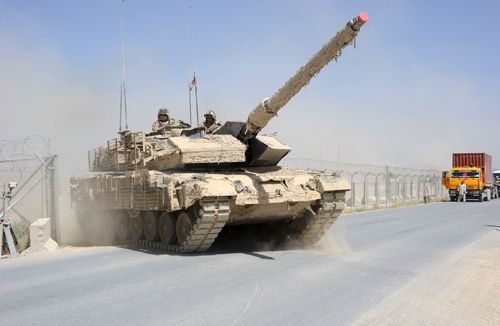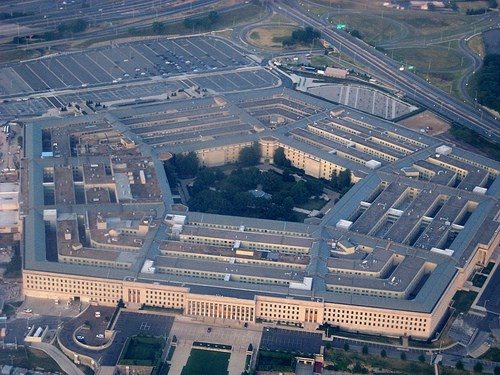Russia’s recent adventurism in Europe, most notably the massing of armor and mechanized units along the border with Ukraine, has prompted defense officials in Europe and the United States to do something they haven’t done in nearly twenty years: assess the balance of military power on the continent. While most public discussions of the changing balance of forces between East and West have focused on the shrinkage that has occurred in nuclear capabilities, the most dramatic reduction in military power has been in conventional forces.
Just take the heart of modern land warfare, the main battle tank. At the end of the Cold War, Russia had nearly 60,000 tanks in its fleet. The majority of these were in Eastern Europe and the Western military districts. The Warsaw Pact countries possessed nearly 20,000 more. On the other side of the line that divided Europe down the middle, NATO possessed some 30,000 tanks, although a substantial fraction of these were deployed in Southern Europe and Turkey. Germany alone had 3,000 tanks. The U.S. immediate military commitment to NATO consisted of two heavy corps with several thousand tanks. In addition, the United Kingdom had the British Army of the Rhine (BAOR) centered on three armored divisions with some 600 main battle tanks.
Today the armies in Europe are a faint shadow of their Cold War heritage. Russia now deploys around 3,000 tanks, with another 18,000 in storage. Germany’s tank fleet today is a little over 10 percent of its Cold War size. The U.S. ground combat presence in Europe has been reduced to two light brigade combat teams with virtually no tanks. The British Army has a little over 200 tanks total and the number on the continent will drop to zero when the BAOR returns home in 2015. Other NATO allies such as Belgium, the Netherlands and Denmark have essentially exited the armored warfare business entirely. The largest tank forces in NATO now reside in some of the former Warsaw Pact countries. Poland has a tank fleet three times that of Germany.
Ironically, despite having gone through the collapse of the Soviet Union and nearly two decades of Spartan defense budgets, the Russian military today compares relatively well to its erstwhile NATO adversary particularly with respect to ground forces. Over the past five years it has reorganized and modernized its ground forces. Virtually all its tanks are more modern T-72s and T-80s.
Without question, NATO still holds the advantage in the quality of its tanks. The M-1 Abrams is the world’s best tank. Enhancements added over the past decade have made it even more capable. The British Army’s Challenger tank and German Leopard are also quite good. The trouble is that most of these are not in Europe.
There is no better symbol of the demilitarization of Europe than the decline in its armored ground forces. Given the long history of warfare on the continent, this seemed like a good thing. However, now that Russia is reverting to old patterns of behavior, the balance of conventional military power on the continent is again important. The West may yet come to regret its decision to disband most of what had been the most capable conventional land force the word had ever seen.











